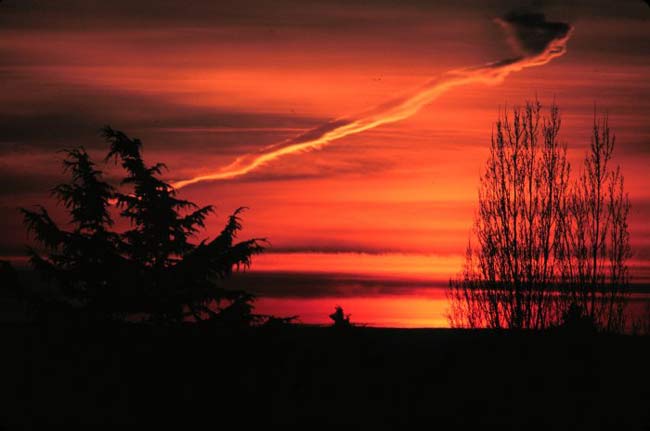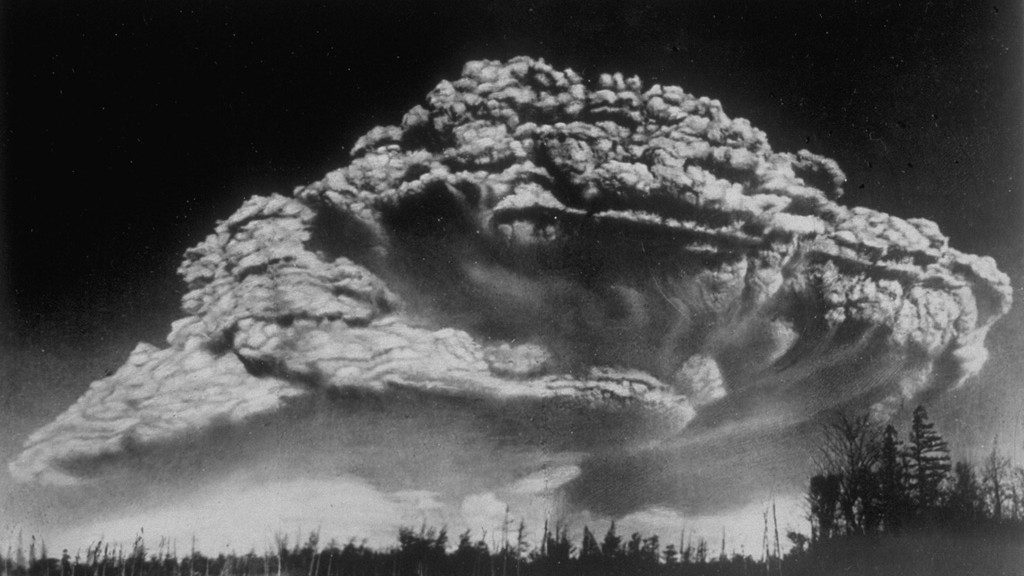Soot Could Hasten Melting of Arctic Ice
The stuff that builds up in your chimney is soiling the ice of the Arctic, possibly hastening the melting of the polar ice cap, a new study suggests.
Using computer models and information from NASA satellites, scientists located significant accumulations of black carbon soot in the Arctic region. This soot may contribute to the warming of a region that has already seen rapidly increasing temperatures in recent years.
"This research offers additional evidence black carbon, generated through the process of incomplete combustion, may have a significant warming impact on the Arctic," said Dorothy Koch of Columbia University and NASA's Goddard Institute for Space Studies.
These findings were recently published in the Journal of Geophysical Research.
Clean ice would normally not absorb much sunlight, instead reflecting it and keeping the surface cool. Dark, dirty ice, however, absorbs light and traps heat - the same way a black t-shirt makes you warmer than a white one on a sunny day.
Airborne soot also traps heat, causing generally warmer air and altering weather patterns and cloud cover.
Of the atmospheric soot found above the Arctic, about one-third comes from South Asia, which is estimated to have the largest industrial soot emissions in the world. Russia, Europe, and North America are also significant industrial producers of soot. About a third of all soot comes from worldwide burning of trees and other biomass.
Get the world’s most fascinating discoveries delivered straight to your inbox.
Soot from South Asia is more easily transported to the North Pole than soot from other parts of the world. Weather conditions in South Asia sweep the soot up into the upper atmosphere and carry it north. Climate conditions in Europe and Russia tend to keep the soot pollution closer to the surface, thus limiting its ability to travel long distances.
However, the warming effect of soot may not be limited to just the Arctic. The Arctic ecosystem has an immediate risk for drastic change, says Koch, but there are likewise "potentially long-term implications on climate patterns for much of the globe."
Increased polar ice temperatures can contribute to a variety of problems. Icebergs can break off, threatening wildlife and clogging shipping channels. In Greenland, where black carbon soot is also accumulating, extra heat could quicken the thinning of an already rapidly shrinking glacier.
Some animals, such as polar bears and seals, live on the sheets of ice that are melting. Their habitats may be endangered, and the indigenous peoples that hunt them could face a major food shortage.
The ultimate possibilities are not well understood. Beyond rising sea levels, history suggests rapid melting of polar ice can actually fuel a global cooling event by altering ocean circulation patterns.
- Silver Contaminates 'Pristine' North Pacific
- Rocket Fuel Chemical Found in Breast Milk of Women in 18 States
- Surprising Side Effects of Global Warming
Global Warming Nears Critical Point of No Return, Group Says
Internet Project Concludes Planet Could Warm by Nearly 20 Degrees




